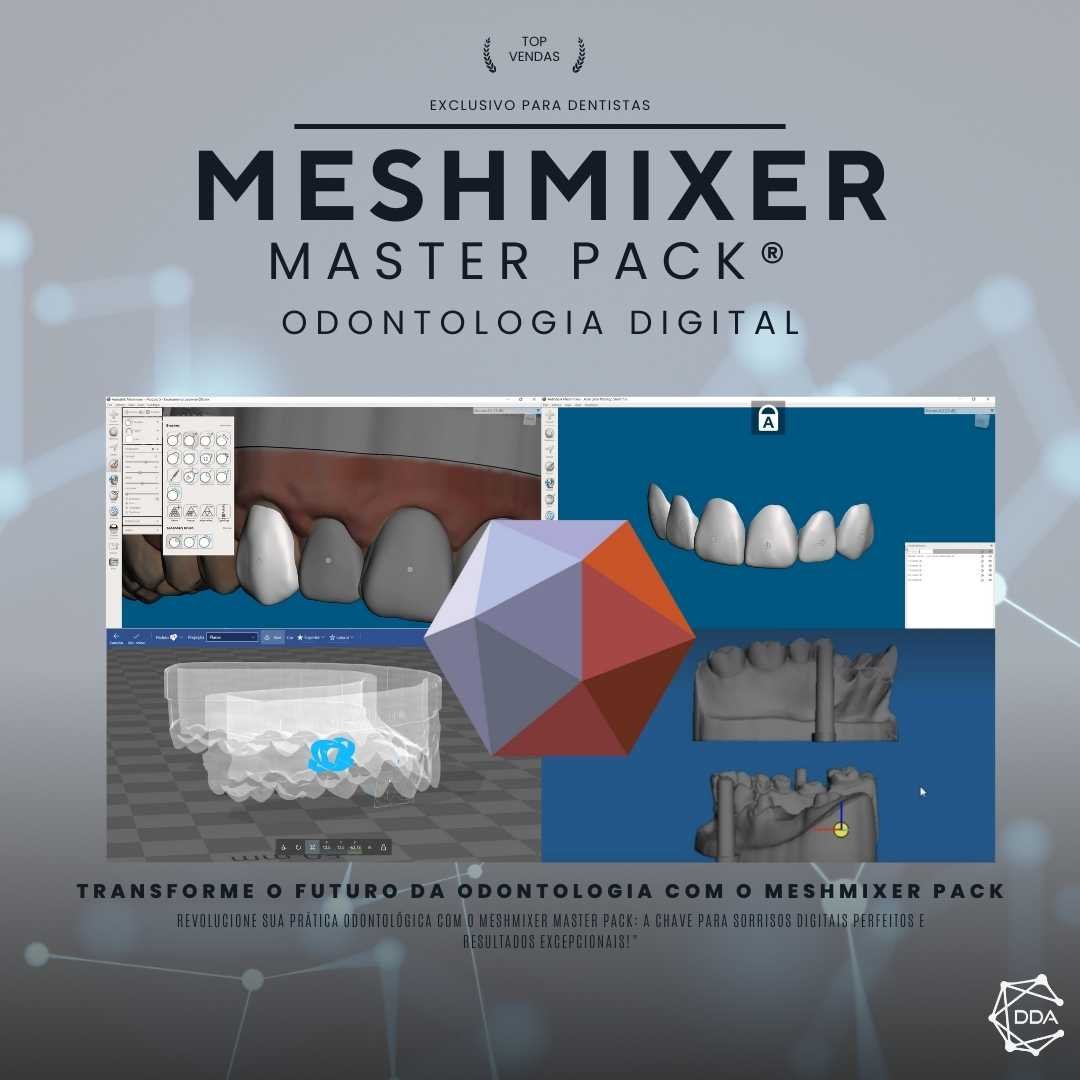What is it: Digital Surgical Guides
Digital surgical guides are devices used in surgical procedures that help healthcare professionals perform interventions with greater precision and safety. These guides are produced from digital images of the patient, obtained through imaging exams, such as computed tomography and magnetic resonance imaging.
How Digital Surgical Guides work
Digital surgical guides are designed based on the patient's digital images, which are processed by specialized software. This software uses advanced algorithms to transform images into three-dimensional models of the location to be operated. From these models, the guides are printed on 3D printers, using biocompatible materials.
Advantages of Digital Surgical Guides
Digital surgical guides offer several advantages over traditional surgery methods. One of the main advantages is greater precision in the placement of implants, such as dental prosthetics and orthopedic implants. With surgical guides, it is possible to position the implants more precisely, avoiding positioning errors that could compromise the final result of the procedure.
Furthermore, digital surgical guides also provide greater patient safety, as they reduce the need for larger incisions and shorten surgery time. This results in a faster and less traumatic recovery for the patient.
Applications of Digital Surgical Guides
Digital surgical guides have a wide range of applications in healthcare. They are used in dental surgeries, such as the placement of dental implants, allowing precise positioning of the implants and better smile aesthetics. They are also used in orthopedic surgeries, such as the placement of knee and hip prostheses, ensuring greater precision in the placement of implants.
Furthermore, digital surgical guides are also used in facial reconstruction surgeries, spine surgeries, maxillofacial surgeries and breast implant surgeries. In all these applications, digital surgical guides provide greater precision and safety in surgical procedures.
Challenges of Digital Surgical Guides
Despite all the advantages, digital surgical guides also present some challenges. One of the main challenges is the need for specialized equipment and software, which can represent a high cost for healthcare professionals. Furthermore, the use of digital surgical guides requires specific training on the part of professionals, in order to guarantee the correct use and interpretation of images and three-dimensional models.
The future of Digital Surgical Guides
The use of digital surgical guides has become increasingly common in clinical practice, and the trend is for this technology to continue to develop and improve. With the advancement of 3D printing and image processing software, it is possible that digital surgical guides will become even more accurate and accessible in the future.
Furthermore, digital surgical guides are expected to be used in an increasing number of surgical procedures, spanning different medical specialties. This will allow for greater personalization of treatments, taking into account the individual characteristics of each patient.
Conclusion
In summary, digital surgical guides are devices that use digital images of the patient to assist healthcare professionals in surgical procedures. These guides offer advantages such as greater precision in implant placement and faster recovery for the patient. Despite the challenges, it is expected that this technology will continue to develop and become increasingly common in clinical practice.

